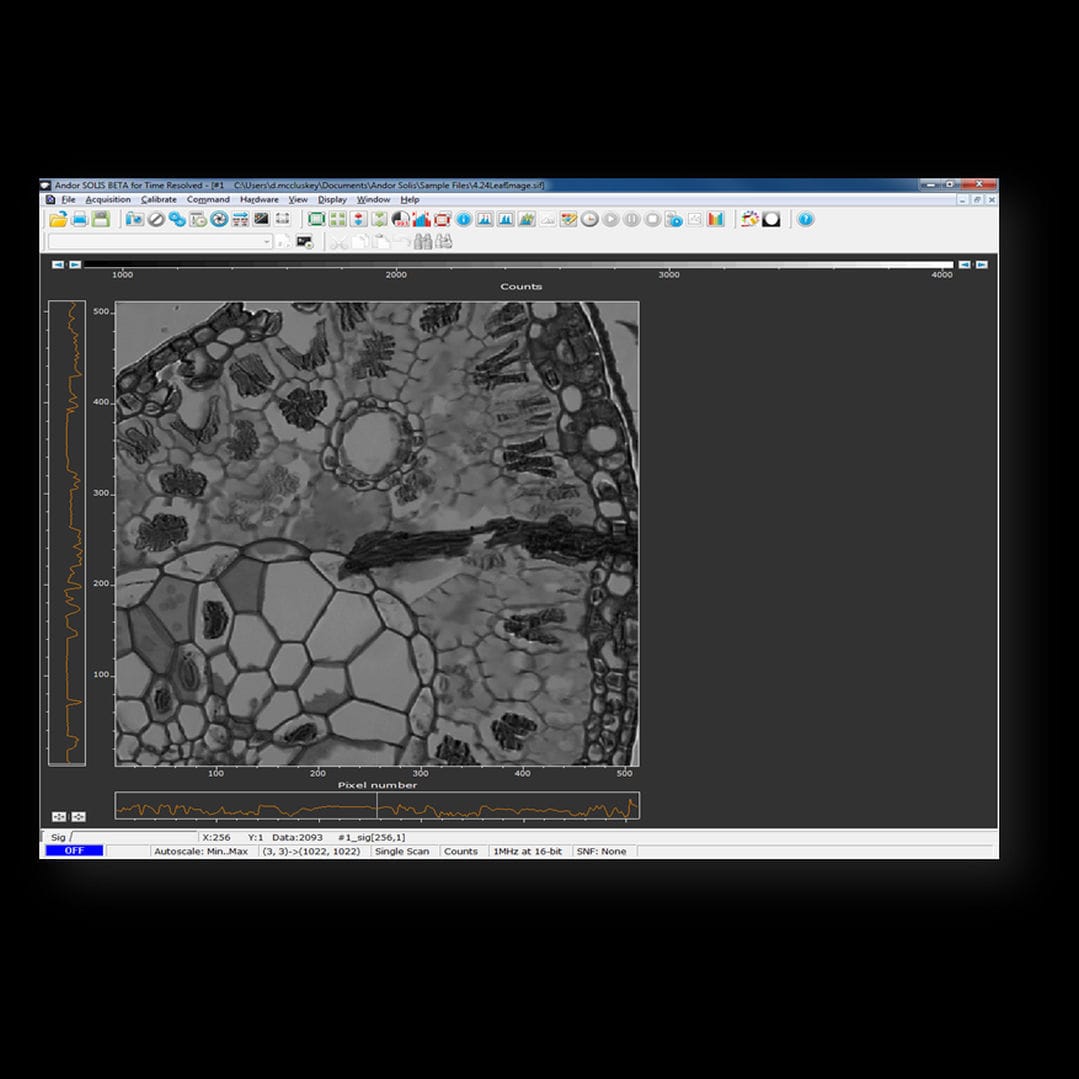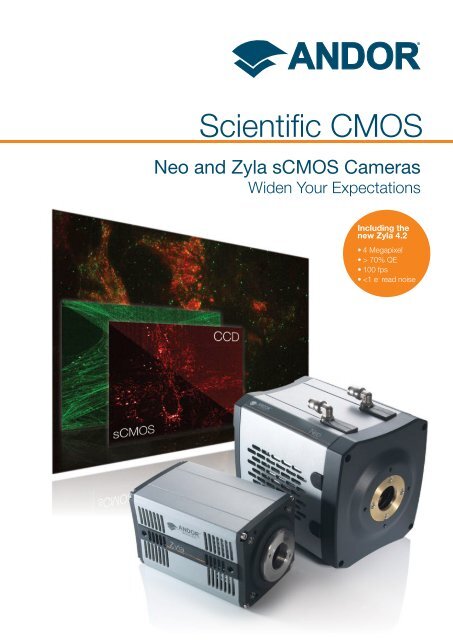
In this case the data rate exceeds that of the hard drive write speed. The USB 3.0 interface has a bandwidth limitation of 335 MB/sec, which translates to 40 fps of 5.5 MP image size and 53 fps of 4.2 MP image size, single amplifier mode.įigure 1 - The Dataflow monitor has raised a warning against the requested kinetic series. The issue of determining achievable speeds is further compounded by the fact that data rates are also adjusted by user selected variables such as exposure time, pixel readout speed, ROI size, hardware binning or single/dual amplifier dynamic range modes. The maximum length of a kinetic series is determined by the capacity of PC RAM or hard drive that is assigned for spooling. Thus, to achieve maximum available sustained speeds, a PC configuration should be capable of writing/spooling data at faster than this rate (see Section 4.0). The dual Camera Link interface (‘10-tap’) has a bandwidth limitation of 850 MB/sec, translating to the full 100 fps in single amplifier mode. The single Camera Link interface (‘3-tap’) has a bandwidth limitation of ~ 250MB/sec, which translates to ~ 30 frames per second (fps) of 5.5 MP image size, single/dual amplifier mode.ġ.2 Dual Camera Link Interface (‘10-tap’)

In addition, time is taken for a ‘read request’ to be sent by the software to retrieve the next image block.ġ.1 Single Camera Link Interface (‘3-tap’) The maximum sustained speeds are ultimately limited by the interface bandwidth.

The write speed of the hard drive (if spooling to hard drive is selected).The data bandwidth of the Camera Link/USB 3.0 interface interface between camera and PC or.

The data transfer rates achievable over more extended kinetic series are limited either by: In such cases, the data must be spooled continuously to either a suitable fast PC hard drive solution or PC RAM, each with sufficient storage capacity. Some applications require fast kinetic series acquisitions that are sustainable for a relatively long duration. The pixel readout speed that yields the fastest frame rate of 100 fps (full frame) relates to a data rate of ~ 850 MB/sec (single amplifier mode).ġ.0 Optimizing data spooling: Identifying the ‘bottlenecks’ It is important to ensure that both the camera to PC interface, and the speed and capacity of the PC memory being used support the data output from the camera.

Andor’s sCMOS camera solutions are capable of data rates that are markedly faster than other scientific camera technologies on the market.


 0 kommentar(er)
0 kommentar(er)
